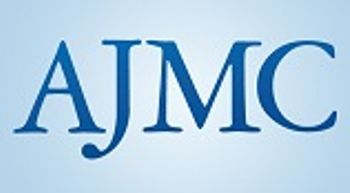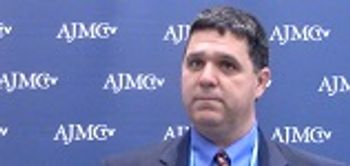
On the second day of the 56th Annual Meeting of the American Society of Hematology, held December 6-9 in San Francisco, a session on tyrosine kinase inhibitors in treating chronic myelogenous leukemia included 5-year follow-up results from the DASISION trial and recognizing failure for major molecular response to guide treatment modification.






